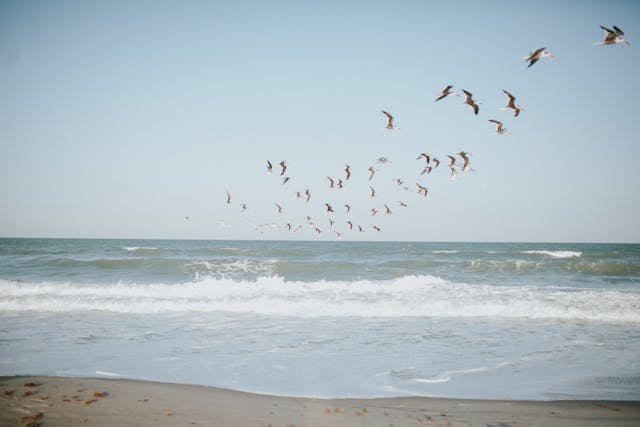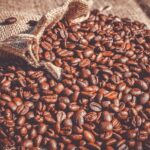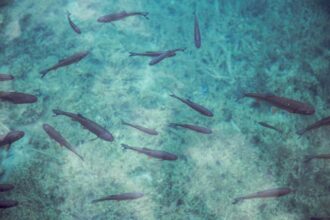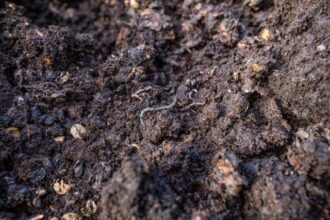During the early weeks of spring, gazing skyward may offer the sight of migrating birds moving in seamless unison. But how do these creatures achieve such coordinated flight? A team of mathematicians has unveiled previously unknown aerodynamic interactions, shedding light on this natural phenomenon. Their findings, published in Nature Communications, deepen our understanding of wildlife behaviour, including fish schooling, and hold potential implications for transportation and energy sectors.
Leif Ristroph, from New York University’s Courant Institute of Mathematical Sciences, underscores the significance of studying how animals harness environmental flows to conserve energy or reduce resistance. Beyond being a fascinating exploration of nature’s mechanisms, their research may offer crucial insights into efficient propulsion methods in transportation and optimising energy harvesting from wind or water currents, potentially revolutionising these sectors.
The study reveals that aerodynamic effects vary with flock size, benefiting smaller groups while disrupting larger ones. Sophie Ramananarivo, one of the authors, explains that smaller bird flocks maintain precise positions relative to their neighbours through aerodynamic interactions. At the same time, more prominent groups experience disruptions that can lead to collisions.
Previous research by Ristroph and colleagues focused on the interactions of two birds, but this study extends the investigation to larger groups. To simulate bird formations, researchers used mechanised flappers resembling bird wings, propelled through water to mimic airflow. Observations showed that flow dynamics influenced group organisation differently depending on flock size.
For small groups, aerodynamic interactions effortlessly aided members in maintaining orderly spacing. However, larger groups faced challenges as flow interactions caused members to shudder and lose formation, often resulting in collisions. Mathematical modelling supported these experimental findings, revealing flow-mediated interactions as spring-like forces holding flock members in place.
These “springs” operate unidirectionally, allowing lead birds to influence followers but not vice versa, resulting in oscillations known as “flonons.” Joel Newbolt, a former NYU graduate student, draws parallels between flock dynamics and vibrational waves in material physics, likening orderly flocks to atoms in a crystal lattice.
In essence, this research uncovers the intricate aerodynamic principles governing bird flocking behaviour, offering insights that deepen our understanding of the natural world and transcend into the realms of transportation efficiency and energy optimisation. By understanding and applying these principles, we can enhance the efficiency of transportation systems and optimise energy use, contributing to a more sustainable future.
More information: Joel W. Newbolt et al, Flow interactions lead to self-organized flight formations disrupted by self-amplifying waves, Nature Communications. DOI: 10.1038/s41467-024-47525-9
Journal information: Nature Communications Provided by New York University








